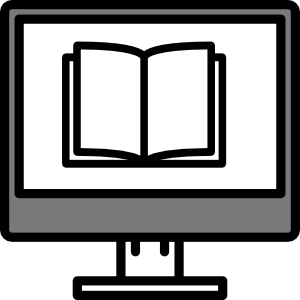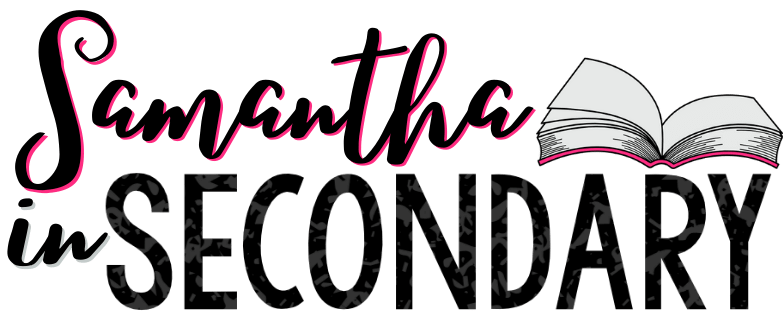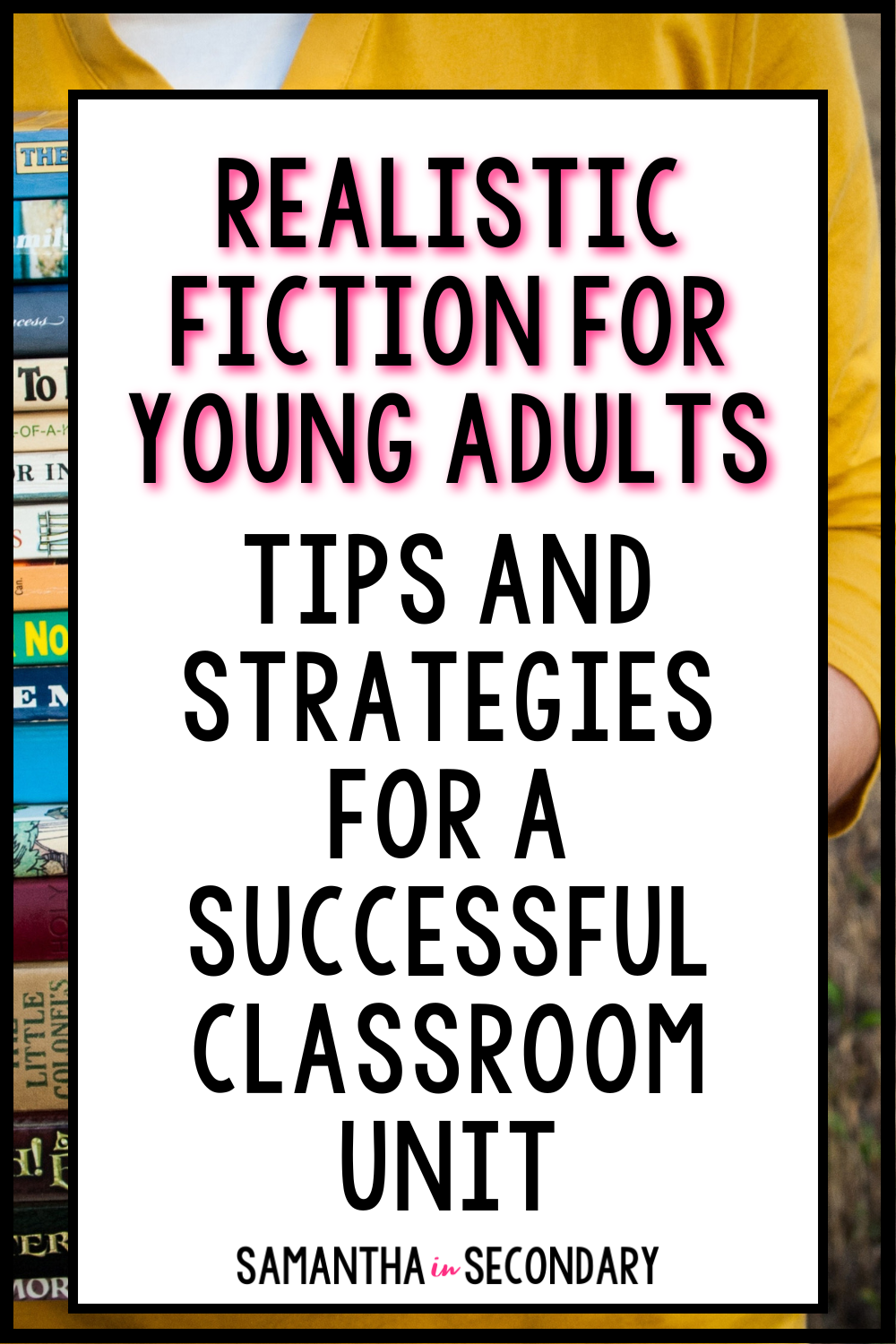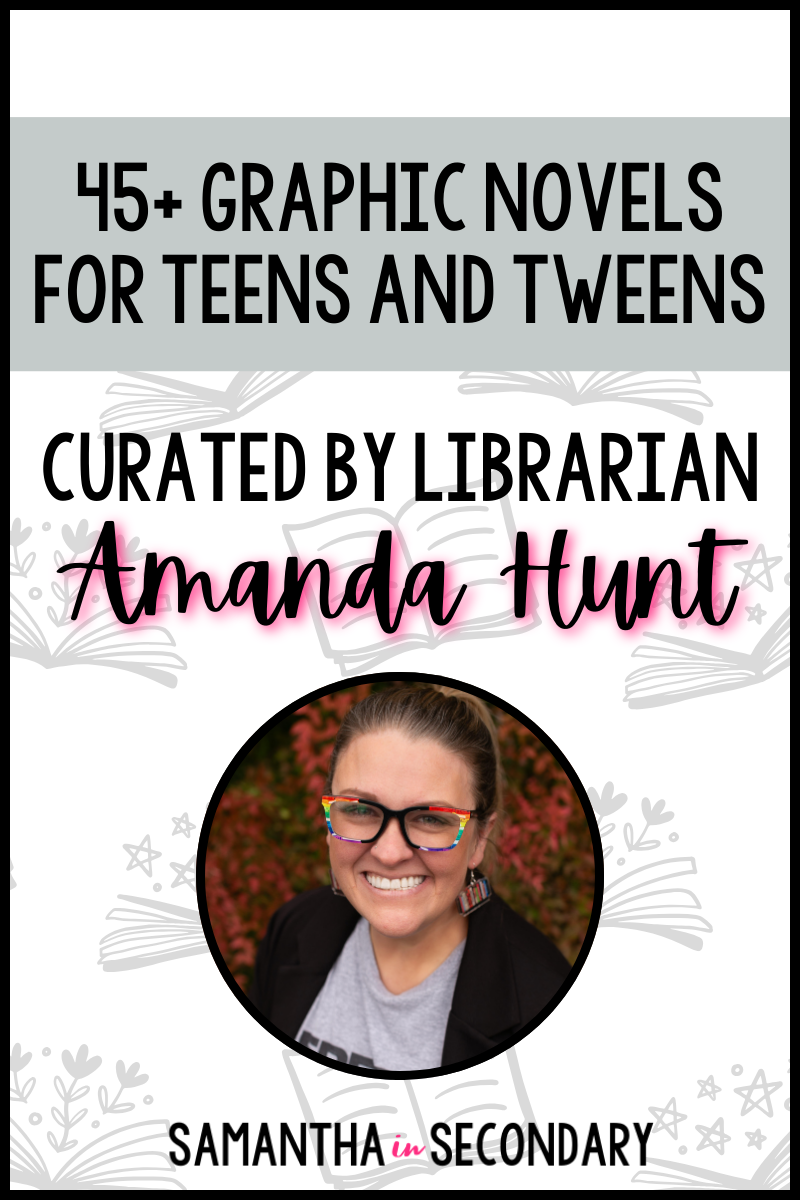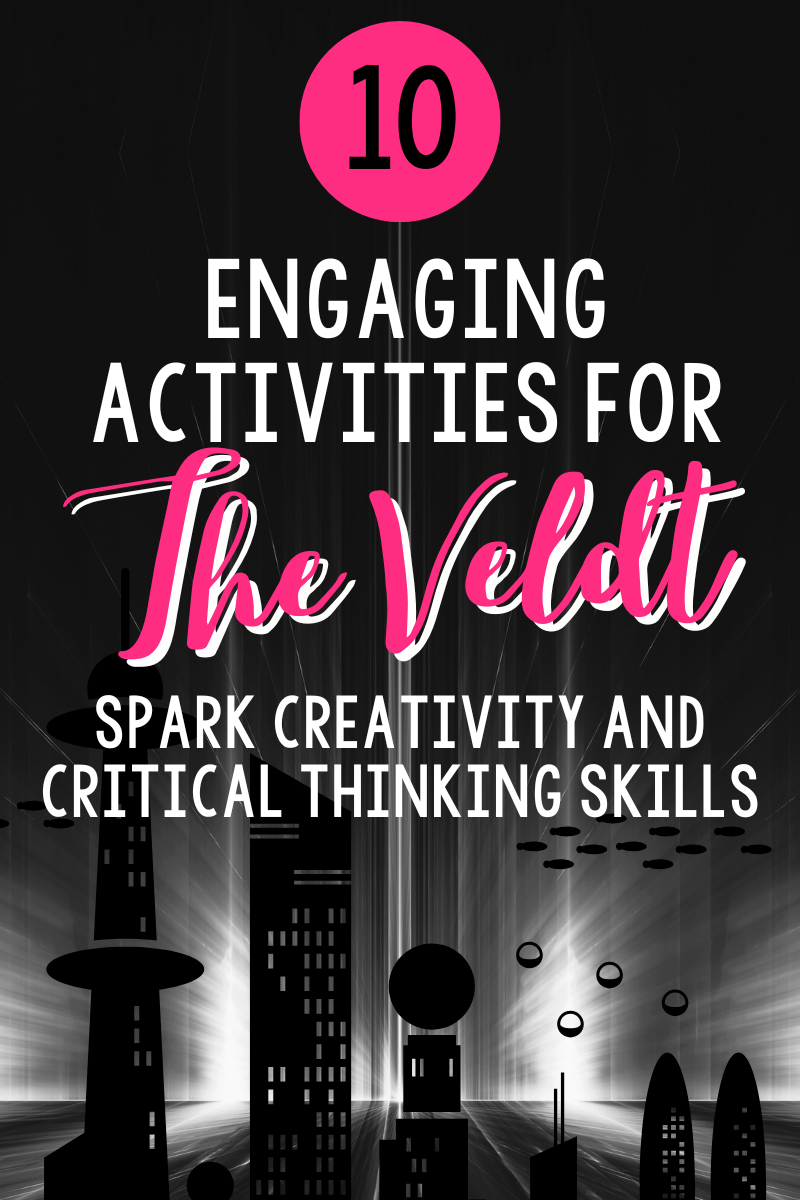When it comes to teaching secondary ELA, our primary focus often revolves around grammar lessons and literary analysis. However, an equally crucial aspect of our teaching is guiding students in finding “just right” books. This skill extends beyond the classroom, empowering students to independently select reading material that aligns with their interests and reading levels, fostering a love for reading and lifelong learning. By helping students discover books that are just right for them, we encourage a deeper engagement with reading and equip them with the tools they need for personal growth and academic success. Here are five essential tips for helping secondary students find “just right” books.
What are “just right” books?
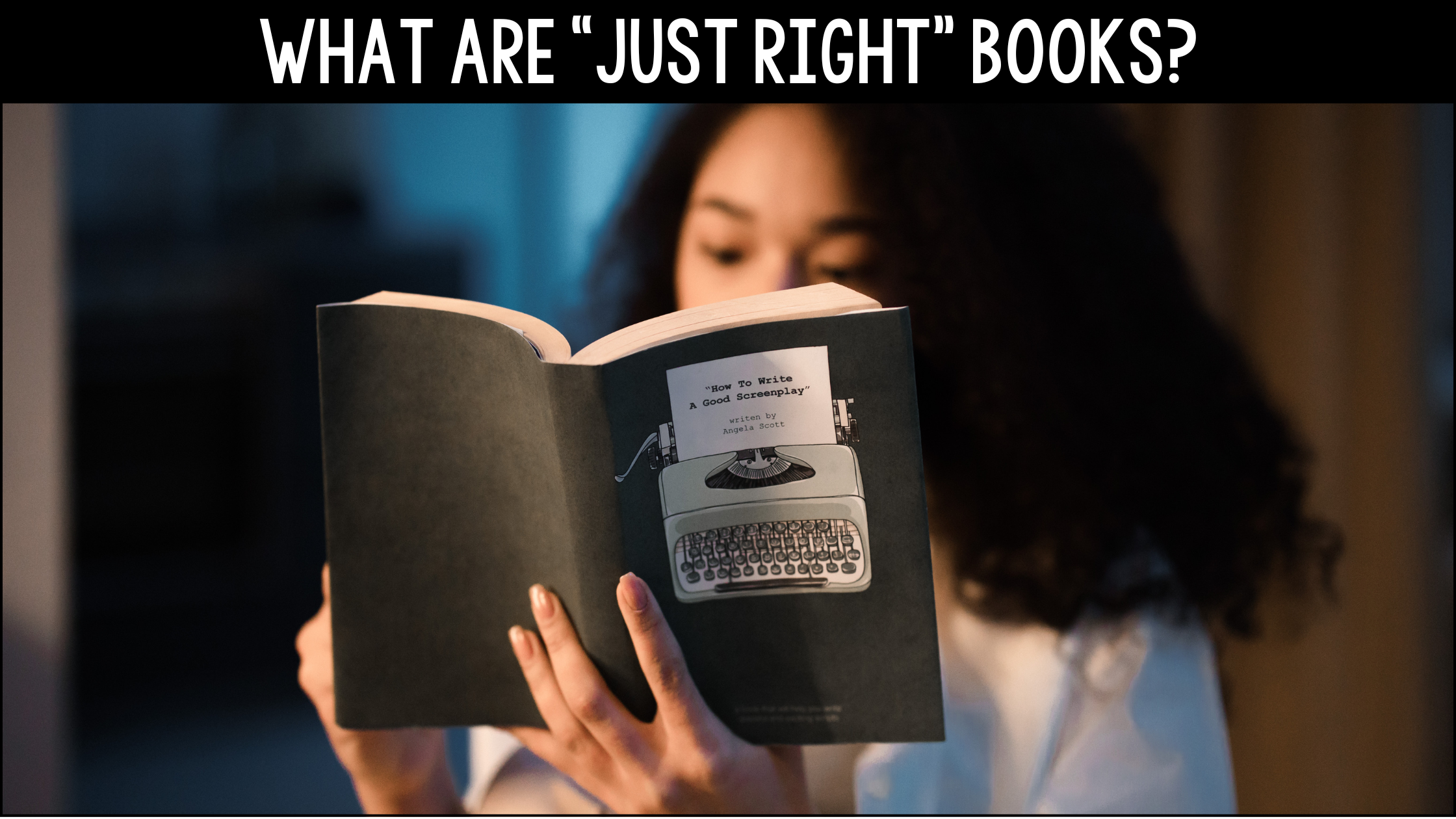
“How do I make sure students are reading books that are the right for them?” is a question I often get asked. Books that are just right for students can be tricky. Each student will have their own unique list of books that would be considered just right. Instead of taking the time to create personalized lists (because truly I would never get them done), I break down book selections into 5 parts: enjoyment, reading level, appropriateness, preview, and permission to try again.
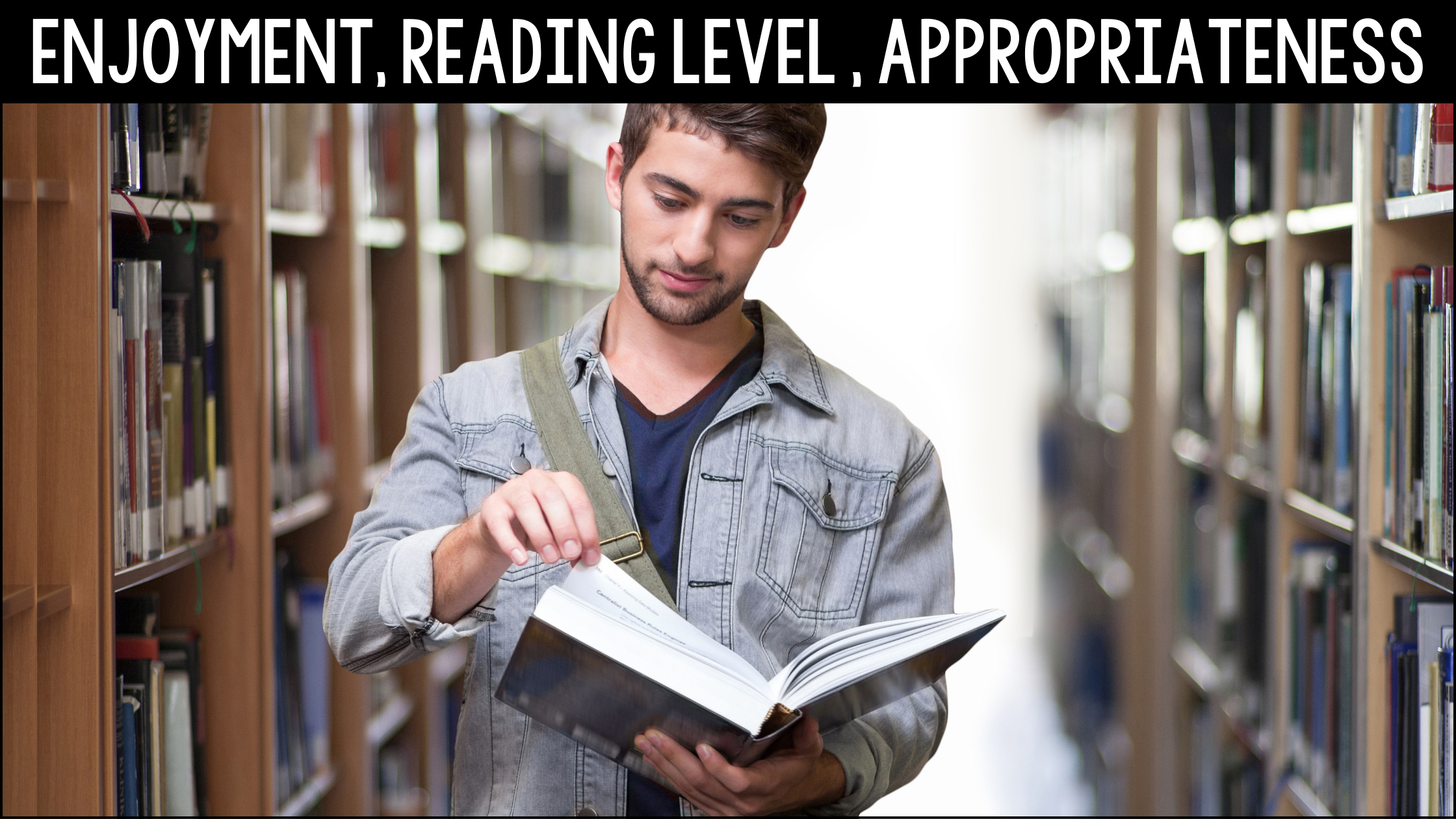
Tip 1: Enjoyment
Let’s start with the simplest item on the list. Is the book even something that sparks interest? If not, it almost doesn’t matter if a book fits the rest of the criteria. Now, not all books read in class are topics of interest – which is why we as teachers work so hard at engagement. When selecting “just right” books, it is an opportunity for students to really delve into their own preferences. So lean heavy on that opportunity. Have students check the cover and read the book summary. See if it sounds like something they might be interested in. It’s okay to try something new, but students should be interested in the topic.
Tip 2: Reading Level
Next, have students examine the reading level. Students should turn to a random page. I normally have students start somewhere at the beginning, like page 2, and read a passage out loud. Can they read the text fluently? Do they know the majority of the words? A few unknown words is fine, but more than five on one page and I’d tell them to choose a new book.
Tip 3: Appropriateness
Another key component is making sure students select appropriate material. The most obvious facet is probably the content of the books. Are there sensitive subjects? Is there mature content? Is there triggering vocabulary? You may also need to consider what parent permissions may be needed for some books – but this is dependent on the age of your students and the culture of your classroom and district. In addition, students need to think about other book qualities. If you are having students complete a book report in 2 weeks and a student selects a lengthy trilogy, they may need to rethink their selection. It’s also possible students select books that are entirely too easy. Sometimes this can stem from wanting to select something quick and easy to complete an assignment, but it can also come from a place of fear in selecting something “wrong” or too hard.
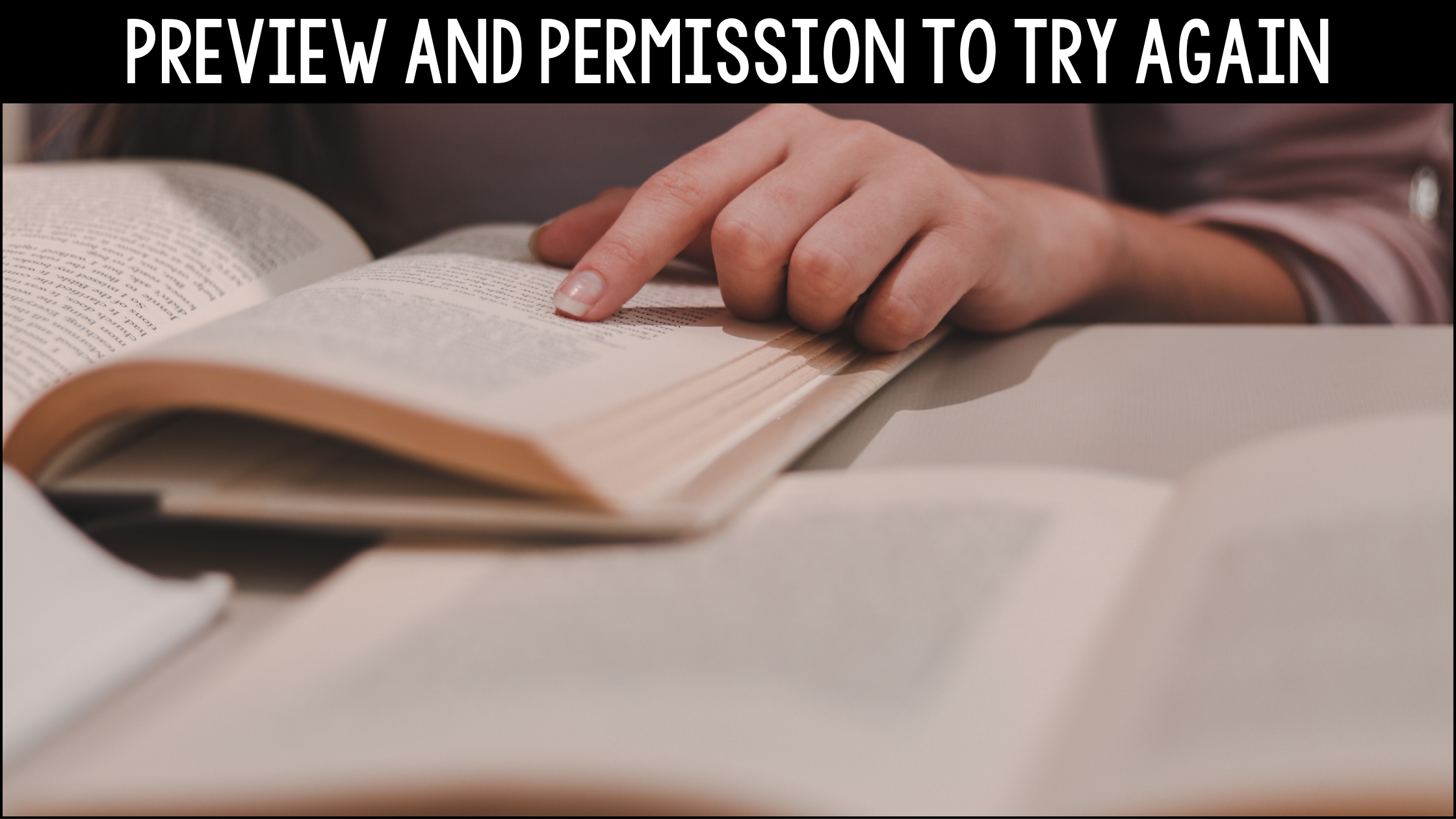
Tip 4: Preview
I also give students a little bit of time to get acquainted with the book before they decide to stick to it. They may get 20 pages in and decide it isn’t for them. That’s okay. I usually have a “preview” day where students take time to read some of their books. Then they can decide to keep it or try again at the end of the class. Although I highly recommend this opportunity to students, I also suggest having a cut off date for final decisions. You can also utilize some creative before-you-read activities that students can complete as part of their preview period. Check out my post about the topic here.
Tip 5: Permission to Try Again
I really want to stress the importance of letting kids have the opportunity to find books they enjoy. One of the reasons I give time to preview is because we’ve all started books that turned out to be duds. Why force kids to read books they hate? That will harm all of the good progress you’re making to create joyful readers. If you are helping students select their own books for free reading or independent assignments, give them a cut off date and explain that if they decide to choose different books (and they can!), they may need to read a bit on their own time to catch up with other students.
Continue to repeat these ground rules to students through your independent reading process will help them become confident in picking their own reading material. Not everyone automatically goes into a bookstore or library and knows how to pick a book. This practice will allow students to become better at it each time they try. Knowing your likes and dislikes as well as how to tell if a book is the right reading level for you is the mark of a joyful reader.
Bonus Tip: Resources
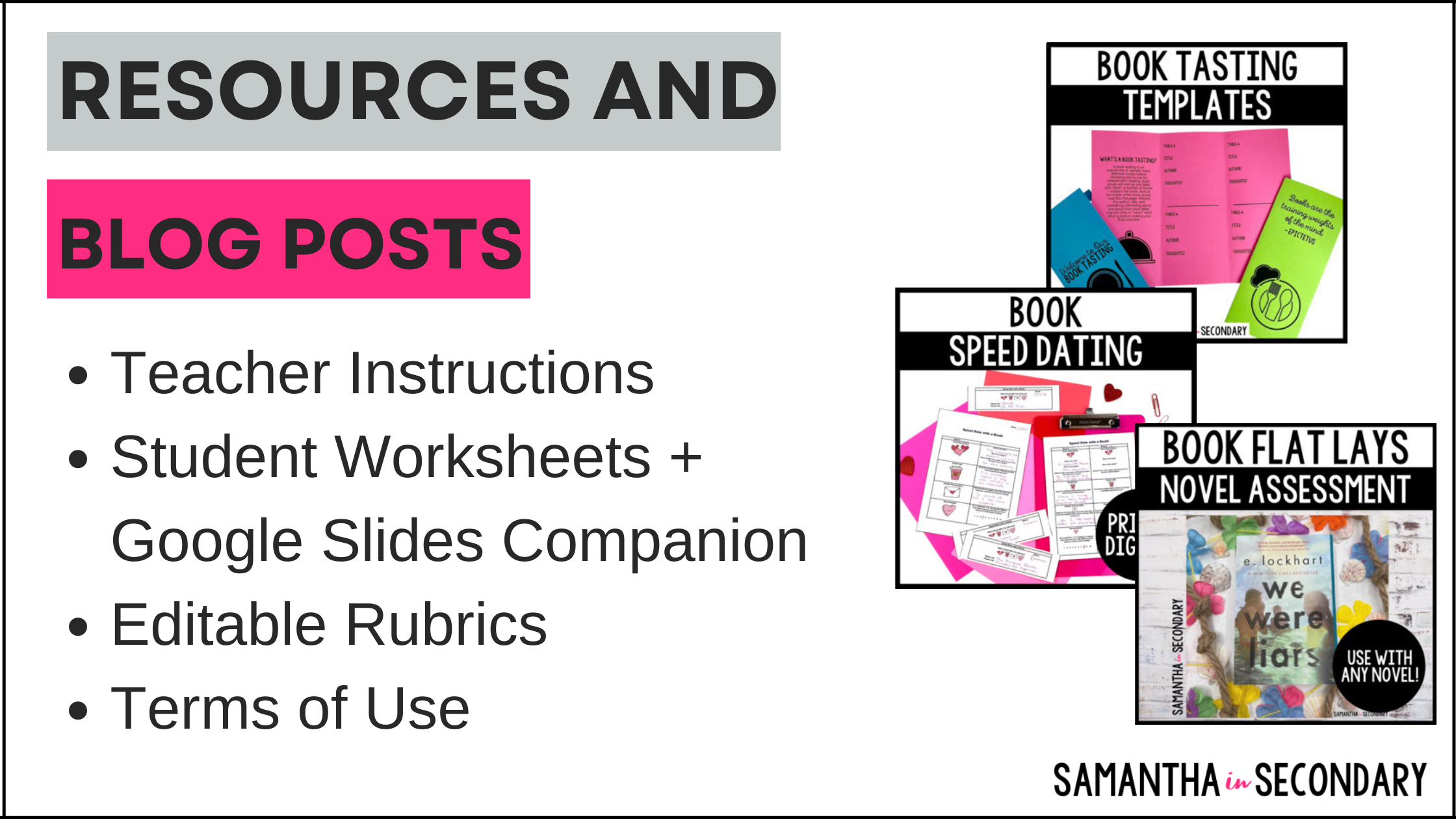
Do you love utilizing choice read and lit circles? Maybe you’re just getting started and need some tips and tricks. Take a look at some of my favorite blog posts and TPT resources.
How to Grade Choice Reading
How to Select Books for Lit Circles
Book Speed Dating
Reading Activities for Independent Reading
Organizing Your Classroom Library
Creative Assessments for Choice Reading
Independent Reading Responses for Any Novel
Book Flat Lays for Independent Reading
Book Tasting Template
Do you utilize free reading and choice reads in your classroom? What assistance do you give to students to help them select the best books for them? Give us your best ideas in the comments below or join the conversation on Facebook and Instagram. You can also find more independent reading resources in my shop here.
Happy teaching!



